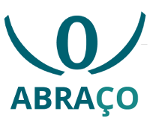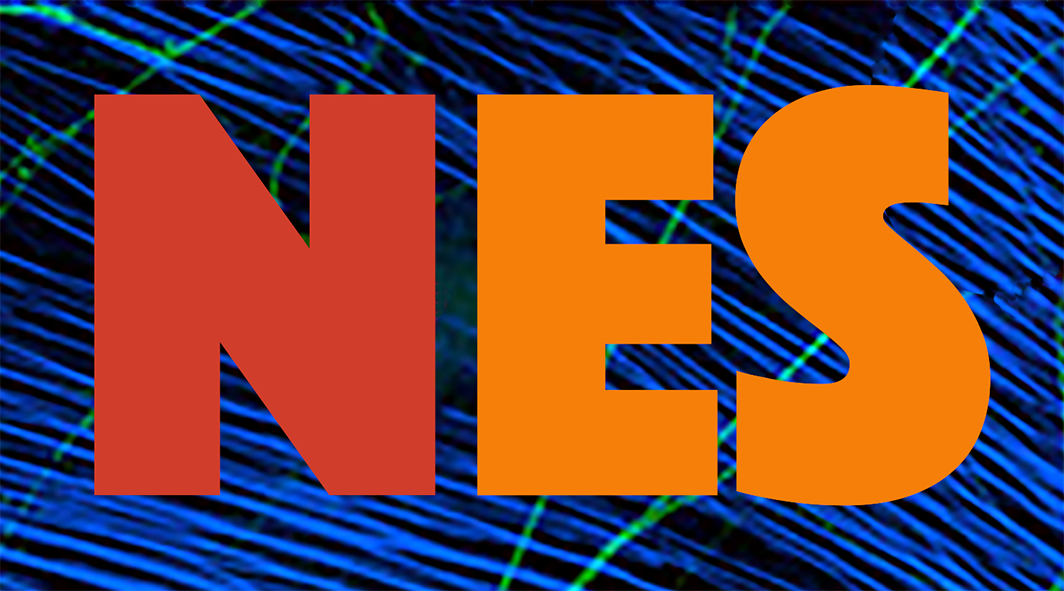
On the VI Latin American School on Computational Neuroscience (LASCON 2016): a NeuroMat op-ed
Dec 17, 2015
by Antonio Carlos Roque*
The brain is a highly complex system and understanding how it works is one of the most difficult and challenging problems posed to science in the twentieth-first century. From about the 1960s, scientists who work on the brain have being called “neuroscientists”, and the science devoted to understanding the brain, “neuroscience”. Before that time, there were people working on separate disciplines like brain anatomy, nerve cell physiology, psychology, etc, and the concept of neuroscience appeared as an attempt to unify the different brain-related research areas into a single field with common motivations, questions and goals. The new field of neuroscience had an extraordinary growth in the past decades, mostly due to the discovery and development of new techniques to quantitatively study the brain, from molecular to systemic aspects.
This rapid data growth made it evident the need for a theoretical branch of neuroscience, which, like the successful theoretical branches of other quantitative areas of science, is grounded on sound mathematical and physical models and methods. Many of these models are too complicated to allow a purely mathematical (pencil-and-paper-type) study, and then computer simulation techniques are used as complementary tools of investigation.
The subfield of neuroscience devoted to theory is called “computational neuroscience” and the reason for this is not only the obvious fact that we need computers to simulate brain models. The main reason is that the brain can be viewed as a system that does computations. Not computations in the sense that our digital computers do but in a broader sense, the one in which physical and chemical variables, e.g. electrical voltages or ion concentrations, are operated and continuously being transformed by the brain elements. The physical and chemical quantities can be collectively called “information”, and then the brain can be thought of as a complex information processing device.
The main objective of computational neuroscience is to find theoretical schemes to accommodate the different types of information processing performed by brain elements at all different levels, molecular, cellular, circuit and organismic, into a unified framework. Such schemes would be beneficial not only from a theoretical point of view but also from an applied one, for they would allow a better understanding of the interrelations between brain constituents and signals from the external world and how to control them. This has enormous potential to impact on applied research on neurological and mental disorders and diseases.
Sensitive to the importance of computational neuroscience, developed countries in North America, Europe and Asia have been keeping courses and schools on computational neuroscience since the mid-1980s to foster the development of new generations of neuroscientists skilled in this area. This has been having a strong impact in neuroscience, and now many neuroscience departments and programs include theorists or experimentalists who are capable of developing and interpreting their own mathematical or computational models. The general feeling of excitement with the promises of computational neuroscience for the future of neuroscience can be well captured by what Haim Sompolinsky said in his lecture at the 2012 edition of the Methods in Computational Neuroscience course at the Marine Biological Laboratory (MBL) in Woods Hole, MA, USA, which is the oldest course of this type in the world: “We are approaching the end of the golden age of ignorance” (reference here).
As for Brazil and Latin America, until the mid-2000s we did not have a school on computational neuroscience, and LASCON is filling this gap. The school was created by me in 2006 after many incentives and stimulations from James Bower, one of the creators of the MBL course, and has been held since then every two years, always with the valuable help of members and former members of my lab and colleagues who share the same dream with me. Funding and logistic support received from FAPESP, the International Brain Research Organization (IBRO), CNPq, CAPES, the Biophysical Society, the Organization for Computational Neuroscience (OCNS), USP, UFRN and, more recently, NeuroMat has also been fundamental for the school existence and are warmly thanked.
LASCON has been a tremendous success, and in its first five editions 132 students from different Latin-American countries and other parts of the world received top-quality introductory classes on computational neuroscience. Many of them are now faculty members, researchers or post-docs in important institutions of the world. In the 2016 edition there will be 37 students whose names can be seen at http://sisne.org/?page_id=242&lang=en. The range of the candidates backgrounds as well as of their home institutions, and their youth show the widespread interest for computational neuroscience in our region of the world and is a proof that LASCON still has many years ahead to keep accomplishing its mission.
LASCON is an introductory course, designed having in mind the characteristics of the students from our region, who are educated in universities that adopt the traditional academic structure of compartmentalized courses in mathematics, physics, biology, etc with little or none contact between them. A key aspect of LASCON in its attempt to bridge between the different academic disciplines is its emphasis on hands-on classes. They provide the students opportunities to practice what they have been taught in the theoretical classes and soften the learning curve, especially for the students from biological backgrounds.
An example is given by the teaching of the Hodgkin-Huxley model. This was the first model to explain in a quantitative way the generation of action potentials by nerve cells. The model was a landmark in neuroscience and is usually taught at the beginning of any neuroscience course. Due to its mathematical rendering in terms of differential equations, the Hodgkin-Huxley model is generally considered by biology and medicine students as very difficult to be grasped. By means of hands-on classes with computer software that allow simulating and analyzing single-neuron models described by the Hodgkin-Huxley formalism, reproducing in silico experiments done in vitro, the model is de-stigmatized and students get a different view on it.
Besides the theoretical and the practical classes, LASCON also requires students to develop research projects and present the results orally on the final day of the school. The aim of this is to give students an opportunity to consolidate part of the knowledge obtained in the school. The projects have to be developed by groups of two students, ideally comprised by one student from an exact sciences background and the other from a biological sciences background. Students are free to choose whatever topic they want as long as it uses some of the tools taught at the school. To guide them in the choice of theme and the correct approach to it, there will be an interview session at the beginning of the second week in which student groups will present their project proposals and receive feedback from the school faculty. The students will have a second chance of receiving an assessment on their work at an informal session in the beginning of the fourth week, and after that they will be on their own to finish the projects. Past experience shows that some of these projects turn out to be quite good and even result in journal articles or long-term research projects involving students and professors.
Regarding the organization of the topics covered by the school, the first week is devoted to models for single neurons, using both the biophysically oriented formalism of Hodgkin and Huxley and the more abstract formalism adopted by the so-called simplified models. These models constitute the basic ground on which the rest of the school will be constructed. Among other things, in the first week students will learn the importance of dendrites for neuronal information processing and how to characterize the different firing behaviors of neurons using the elegant mathematical approach of dynamical systems. They will also learn NEURON, which is a free neurosimulator of current widespread use by the neuroscience community.
In the second week the focus of the school will be directed towards networks of neurons and their connections. The organization will follow the same logic of the first week, and there will be a course on networks of biophysical neuron models and a course on networks of simplified neuron models. The former one will use NEURON as its basic modeling tool, and the latter will introduce NEST, which a free software that is growing in popularity. There will also be a course on synaptic plasticity and memory, in which students will be exposed to models for changes in the strengths of synaptic connections between neurons and how they can be related to memory.
The third and fourth weeks will be dedicated to a variety of themes to show students a sample of the breadth of possible applications of computational neuroscience. There will be systems neuroscience courses, covering topics like connectomics and neuropsychiatry; a course on spike-train analysis, which is an important field concerned with the information content of the spikes emitted by neurons, what some people refer to as the “neural code”; and courses on neural dynamics and stochastic neural models. There will also be some invited lectures by leading experts from Brazil to give students an overview of current research on computational neuroscience being undertaken in Brazil.
So, LASCON will be once more fulfilling its mission of teaching and spreading computational neuroscience in Latin-America.
* Antonio Carlos Roque is a professor at the Department of Physics of the School of Philosophy, Sciences and Letters at the University of São Paulo at Ribeirão Preto and NeuroMat’s coordinator of scientific dissemination. He is at the origin of the Latin American School on Computational Neuroscience (LASCON), that has become an activity of NeuroMat. To learn more on the sixth edition of LASCON, visit: http://sisne.org/?page_id=34&lang=en
This piece is part of NeuroMat's Newsletter #23. Read more here
Share on Twitter Share on Facebook| NeuroCineMat |
|---|
|
Featuring this week: |
| Newsletter |
|---|
|
Stay informed on our latest news! |
| Follow Us on Facebook |
|---|




